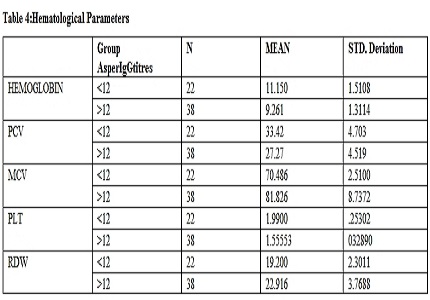Complementary feeding practices in rural areas of Telangana: A hospital based, cross-sectional, descriptive study
Abstract
Background: Introduction of semi solid/solid food i.e., complementary feeding time is very vulnerable period during infancy. To prevent malnutrition knowledge of optimal feeding practices is essential for mothers.
Objective: To study currently existing complementary feeding practices and assess the knowledge and practice gap. Study design: Hospital based, cross-sectional, descriptive study.
Setting: In a tertiary care teaching hospital of rural Telangana. Participants: Total 220 mothers with children in the age group of 6-23 months of age.
Methods: Participants were randomly selected after informed consent. Data regarding currently following complementary feeding practices was collected in the predesigned, semi-structured questionnaire and analyzed.
Results: Only 40.9% of mothers initiated complementary feeding at the recommended age. Although age appropriate quantity of food was received by 66.4% of subjects only 25.5% subjects were receiving at recommended frequency. 77.7% of mothers were giving home made preparations. Diversity of feeds was observed in 23% of children.
Conclusions: As there is increasing evidence for the positive impact of feeding counseling on energy and nutrient intake and growth in children of less than two years, changes in individual’s behavior, supplemental interventions will be needed. Effective nutrition actions do exist but should be implemented on a sufficiently large scale to reduce the burden of malnutrition.
Downloads
References
2. India. Ministry of Health and Family Welfare. Guidelines for Enhancing Optimal Infant and Young Child Feeding Practices. New Delhi: Ministry of Health and Family Welfare; 2013. P.5,41.
3. Complementary feeding [Internet]. World Health Organization. 2016 [cited 10 December 2015]. Available from: http://www.who.int/nutrition/topics/complementary_feeding/en/
4. Global Nutrition Report 2015. Actions and Accountability to Advance Nutrition and Sustainable Development. Page-2. Available at http://ebrary.ifpri.org/utils/getfile/collection/p15738coll2/id/129443/filename/129654.pdf
5. Elizabeth K E. Nutrition and Child Development. 5th ed. Paras Medical Publishers; 2015.
6. The Healthy Growth Project [Internet]. World Health Organization. 2016 [cited 9 January 2016]. Available from: http://www.who.int/nutrition/healthygrowthproj/en/index2.html
7. Kumar N, Kishore J, Gupta N. Kuppuswamy′s socioeconomic scale: Updating income ranges for the year 2012. Indian Journal of Public Health. 2012;56(1):103.
8. WHO. Complementary Feeding Counseling Training Course. 2002.
9. WHO. Infant & Young Child Feeding- Student’s Handbook. 2012-13.
10. National Family Health Survey-4, 2015-16 State Fact Sheet [Internet].2016[cited 16 January 2016]. Available from: http://rchiips.org/nfhs/pdf/NFHS4/TG_FactSheet.pdf
11. Aggarwal A, Verma S, Faridi M; Dayachand. ateness in timing, quantity and consistency. Indian J Pediatr .2008 Jan;75(1):49-53. [PubMed]
12. Sethi V, Kashyap S, Seth V. Effect of nutrition education of mothers on infant feeding practices. Indian J Pediatr. 2003;70(6):463-466. [PubMed]
13.Vartika S, Kumar P. Complementary Feeding Practices in Rural Communiy: A Study from block Doiwala district Dehradun .Indian J Basic and Applied Medical research: 2014;3(2):358-363. [PubMed]
14.Roy S, Dasgupta A, Pal B. Feeding Practices of Children in an Urban Slum of Kolkota. Indian J Community Medicine: 2009:34(4)362-363. [PubMed]
15. Rao S, Swathi PM, Unnikrishnan B, Hegde A. Study of Complementary Feeding Practices among Mothers of Children aged six months to two years – A study from Coastal South India. Australian Medical Journal: 2011:4(5):252-257. DOI 10.4066/AMJ.2011.607. [PubMed]

Copyright (c) 2016 Author (s). Published by Siddharth Health Research and Social Welfare Society

This work is licensed under a Creative Commons Attribution 4.0 International License.


 OAI - Open Archives Initiative
OAI - Open Archives Initiative


